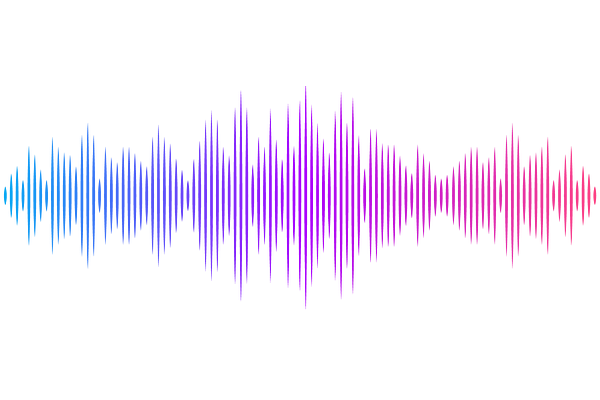Atacama Cosmology Telescope: Observations of supermassive black hole binary candidates. Strong sinusoidal variations at 95, 147 and 225 GHz in PKS 2131$-$021 and PKS J0805$-$0111

Atacama Cosmology Telescope: Observations of supermassive black hole binary candidates. Strong sinusoidal variations at 95, 147 and 225 GHz in PKS 2131$-$021 and PKS J0805$-$0111
Adam D. Hincks, Xiaoyi Ma, Sigurd K. Naess, Sebastian Kiehlmann, Przemek Mróz, J. Richard Bond, Mark Devlin, Jo Dunkley, Allen Foster, Matthew J. Graham, Yilun Guan, Carlos Hervías-Caimapo, John C. Hood II, Michael D. Niemack, John Orlowski-Scherer, Lyman A. Page, Bruce Partridge, Anthony C. S. Readhead, Cristóbal Sifón, Suzanne T. Staggs, Cristian Vargas
AbstractLarge sinusoidal variations in the radio light curves of the blazars PKS J0805$-$0111 and PKS 2131$-$021 have recently been discovered with an 18-year monitoring programme by the Owens Valley Radio Observatory, making these systems strong supermassive black hole binary (SMBHB) candidates. The sinusoidal variations in PKS 2131$-$021 dominate its light curves from 2.7 GHz to optical frequencies. We report sinusoidal variations observed in both objects with the Atacama Cosmology Telescope (ACT) at 95, 147 and 225 GHz consistent with the radio light curves. The ACT 95 GHz light curve of PKS 2131$-$021 agrees well with the contemporaneous 91.5 GHz ALMA light curve and is comparable in quality. Broadband, intermittent, sinusoidal variations are also observed in PKS J0805$-$0111, for which there are no ALMA or other millimetre light curves, showing that PKS 2131$-$021 is not an isolated case and that these three properties could be common in blazar SMBHB phenomenology. In both blazars the sinusoid phase as a function of frequency as well as the achromaticity of the sinusoid amplitudes are consistent with the expected signature of jets in SMBHB systems. Monitoring of ~8000 blazars by the Simons Observatory over the next decade should provide a large number of SMBHB candidates that will shed light on the nature of the nanohertz gravitational-wave background.